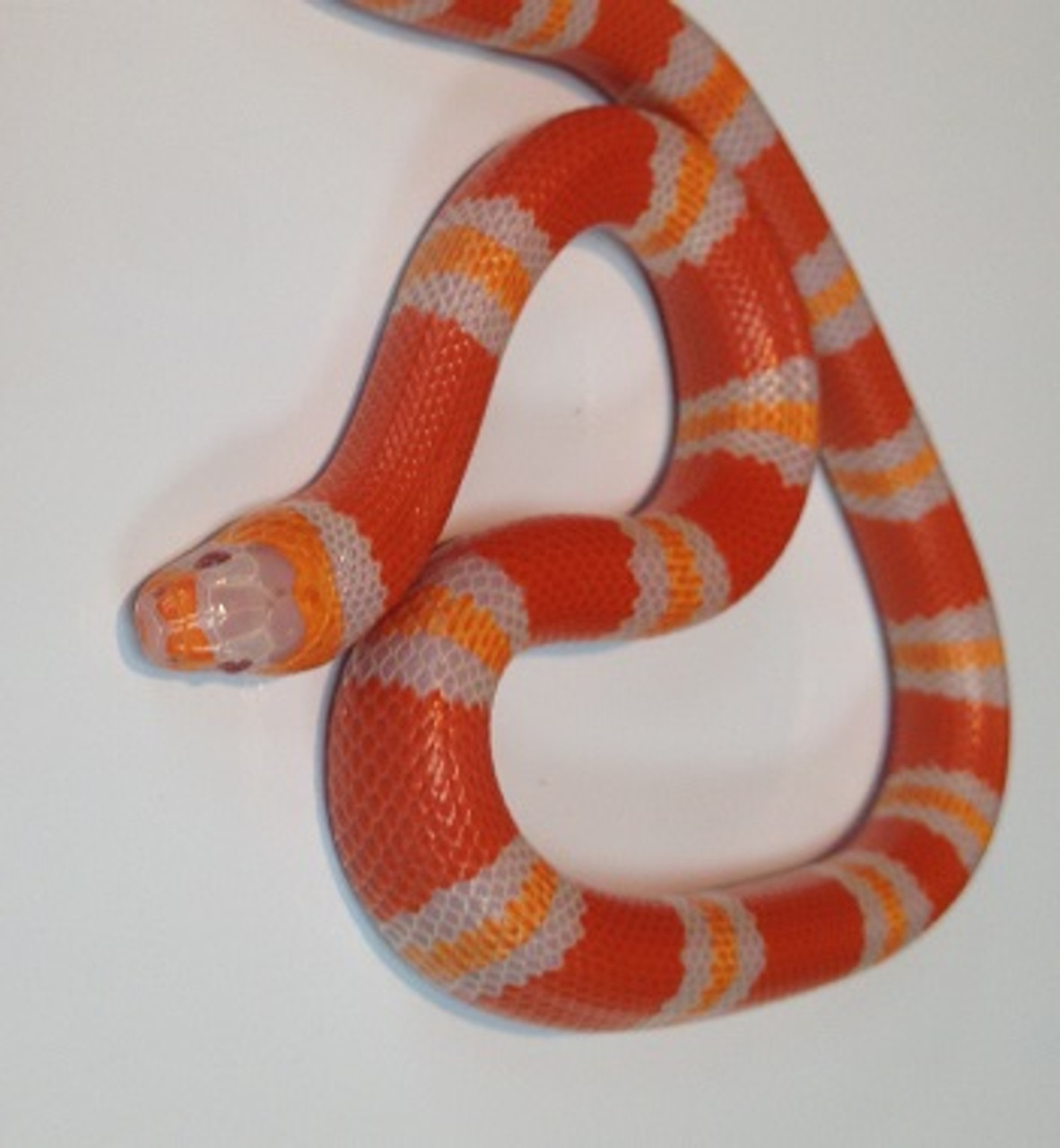
The females are oviparous, laying an average of 3–18 eggs per clutch in early June. Honduran milk snakes become sexually mature at 18 months.

In captivity they are kept successfully on a diet of mice and rats. The Honduran milk snake uses constriction to kill its prey and tends to be opportunistic when it comes to its diet they eat other snakes ( ophiophagy), including venomous snakes, lizards, rodents, birds and eggs. The Honduran milk snake inhabits low to medium elevations of the tropical areas of Honduras, Nicaragua, and Northeastern Costa Rica. The Honduran milk snake has a resemblance to the coral snake and this similarity in color, known as Batesian mimicry, helps protect the snake from potential predators. The Honduran milk snake is one of the larger subspecies of milk snake, attaining a length of 48 inches in the wild and some captive specimens reaching a length of 5 feet. In some cases the yellow is actually a deep orange color and the animal in question is referred to as a tangerine phase.

The Honduran milk snake's base color is red with distinct rings or bands of black and yellow. Its subspecific name hondurensis is a Latinization of their primary country of origin: Honduras. Its specific name ( triangulum) is Latin for "triangle" and refers to the three colors found on the scales of the species (red, black, and yellow). The generic name ( Lampropeltis) is derived from the Ancient Greek lamprós (λαμπρος) meaning "bright" and peltas (πελτας) meaning "shield", after the sheen of their scales.


 0 kommentar(er)
0 kommentar(er)
